Get ready for a thrilling ride into the future as MotoGP gears up for 2027, promising a sustainable and spectacular racing experience like never before.

Subscribe to our Telegram channel for instant updates!
MotoGP is on the brink of a new era, promising thrilling racing and a dedication to safety, sustainability, and innovation. With new bikes and regulations, it aims to redefine the sport and captivate fans globally as never before.
Engines: Powering the Future
One of the most significant changes coming to MotoGP in 2027 is the reduction in engine size from 1000cc to 850cc. While this may sound like a step back in terms of power, it’s a leap forward for safety and sustainability. By decreasing top speeds and increasing mileage, these new engines are designed to enhance road relevance while maintaining the adrenaline-fueled excitement that defines MotoGP.
The reduction in the maximum bore size from 81 to 75 millimetres will essentially limit performance. It also ensures that the engines retain the unique characteristics that make MotoGP racing so spectacular. Furthermore, by reducing the maximum number of engines allowed per rider in a season from seven to six, the sport is taking a proactive step towards efficiency and longevity.
Fuel: Driving Sustainability
In a bold move towards sustainability, MotoGP will be racing with 100% sustainable fuel starting in 2027. This is a significant increase from the minimum 40% previously used. This shift towards eco-friendly fuel aligns with global efforts to reduce carbon emissions and promote environmental stewardship. Reducing fuel tank capacity from 22 litres to 20 litres emphasizes MotoGP’s sustainability commitment. Riders will use only 11 litres during the Tissot Sprint, to prevent sacrificing their performance.

Aerodynamics: Streamlined for Success
Aerodynamics play a crucial role in MotoGP racing. However, from 2027 onward, they will be more tightly controlled to minimize their negative effects. Narrowing the width of the top of the front fairing and pushing back the nose will reduce aerodynamic drag, particularly on straights and braking areas. This results in closer racing and more overtaking opportunities. Additionally, teams will have limited opportunities to update aero components behind the rider, ensuring cost control and maintaining competitive balance.
Ride-Height and Holeshot Devices: Enhancing Safety and Skill
In the new era of MotoGP, all ride-height and holeshot devices will be banned. This is so as to enhance safety, especially during race starts, and place a greater emphasis on rider skill. By eliminating these performance-enhancing aids, MotoGP aims to level the playing field and showcase the raw talent and expertise of its riders.
GPS Data: Empowering Teams and Fans
Access to GPS data from all riders will be available to all teams after each session, providing valuable insights and levelling the playing field. This data-sharing initiative offers better opportunities for less-performing teams and riders. It also enhances safety and increases fan engagement by providing a deeper understanding of the sport.
Concessions: A Fair and Dynamic System
The continuation of the concession system, coupled with a dynamic ranking system based on mid-season assessments. This ensures close monitoring of manufacturers’ performance. This keeps the competition fierce and the playing field level. This proactive approach reflects MotoGP’s commitment to fairness and competitiveness.
In conclusion, MotoGP in 2027 is poised to deliver a safer, more sustainable, and even more spectacular racing experience. With new bikes, innovative regulations, and a steadfast commitment to excellence, MotoGP is ready to captivate audiences around the globe and usher in a thrilling new era of motorcycle racing. Welcome to the future of MotoGP.





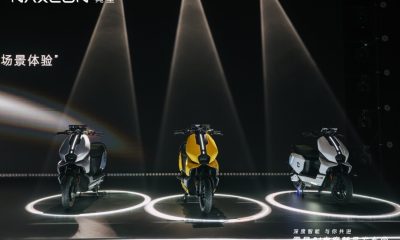

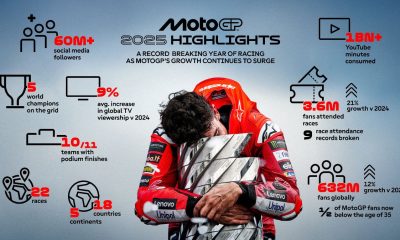



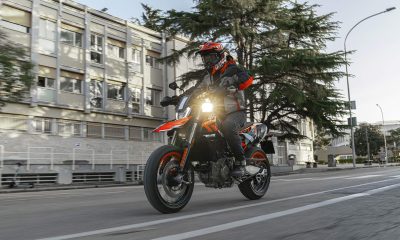
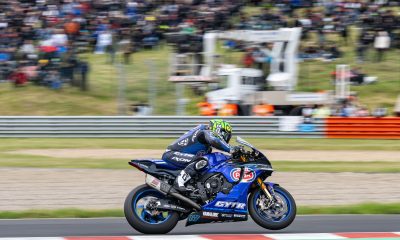
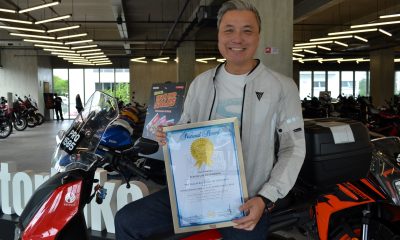
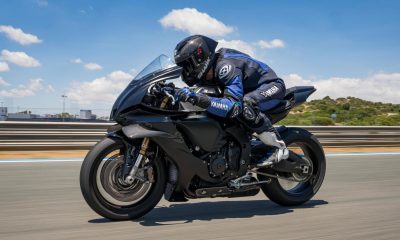
















Facebook
Instagram
X (Twitter)
YouTube
LinkedIn
RSS